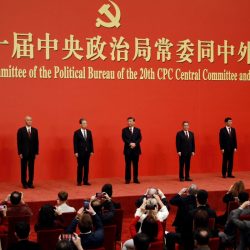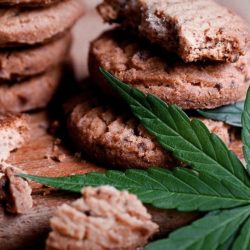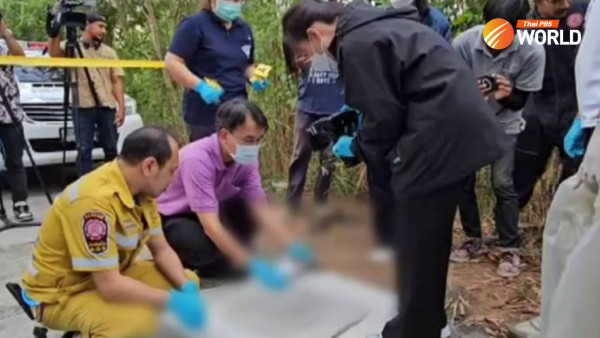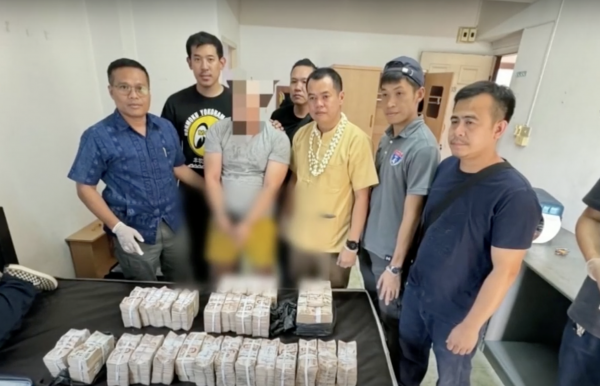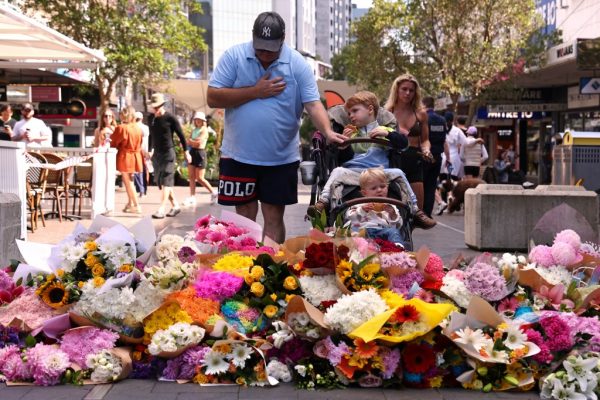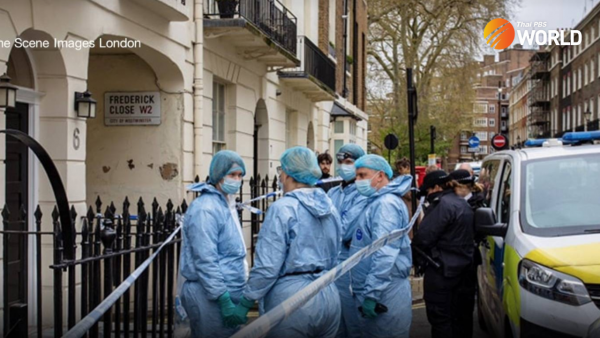Abundance and low price of synthetic drugs pose real challenges in SE Asia
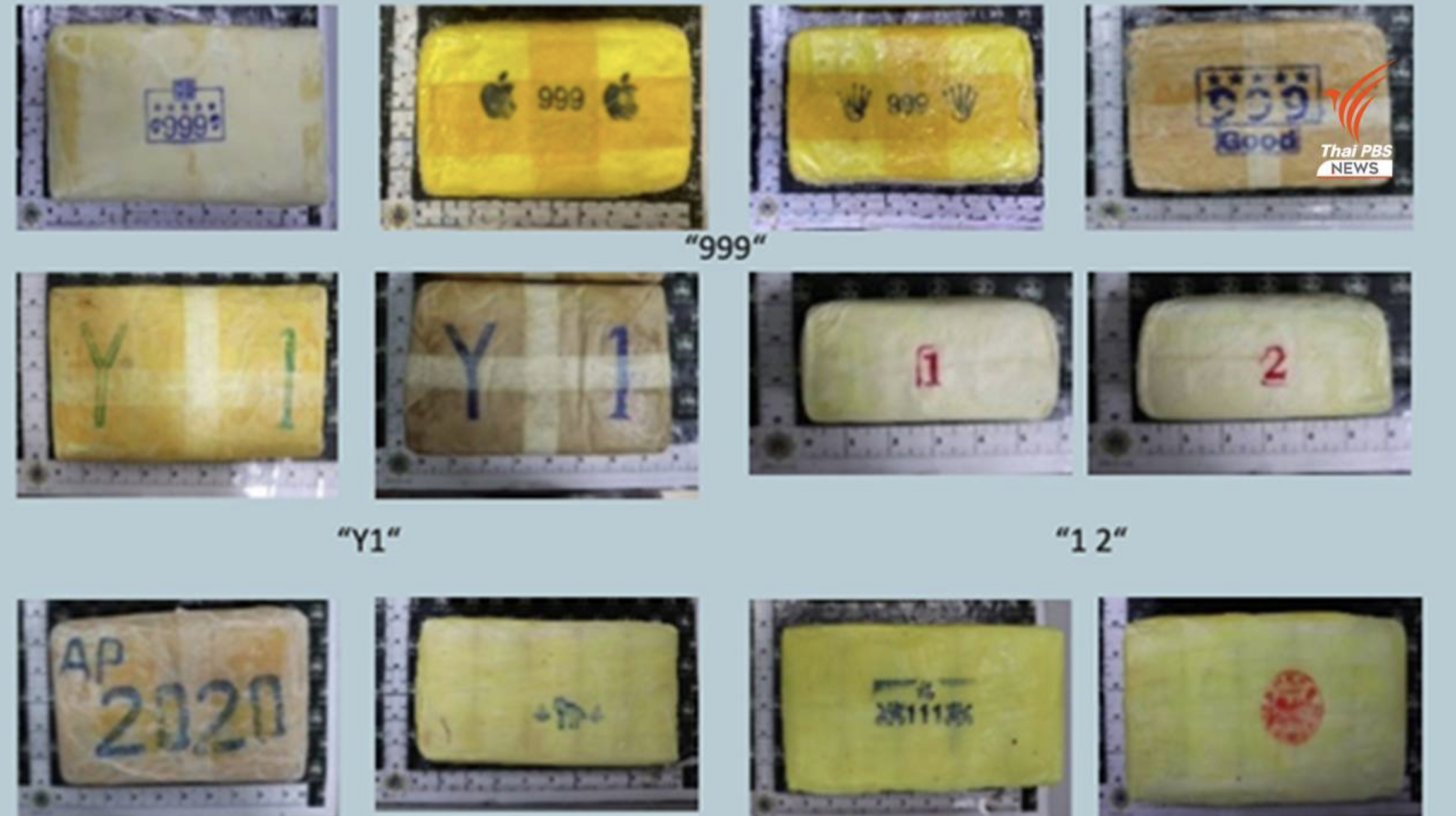
A substantial increase in the production of synthetic drugs, methamphetamine in particular, by organised crime syndicates in the Golden Triangle, resulting in a sharp drop in production costs and easy affordability for drug users, are posing a real challenge to Thailand and other countries in Southeast Asia.
According to the United Nations Office on Drugs and Crime (UNODC) report, released in May this year, more than one billion methamphetamine tablets, or “meth”, were seized in South and Southeast Asia last year, 88.6% of which were seized in the lower Mekong region.
The UNODC report on drug seizures corresponds with the report of Thailand’s Office of Narcotics Control Board, which shows that, from last October to August this year, more than 466 million meth tablets were confiscated in Thailand. In the meantime, 594 million meth tablets, 18,000kgs of crystal meth (Ice) and 1,500 tonnes of precursor chemicals were also seized during the same period in the Mekong riparian countries.
According to ONCB Secretary-General Wichai Chaimongkhon, the production cost of methamphetamine has now dropped to about 50 satang, or about 0.013 US$, per tablet and the price increases steadily when it arrives inThailand to 10 baht each (US$0.26) wholesale and 15 baht retail (US$0.39).
He said that the production labs in the Golden Triangle, whichare under the control of the United Wa State Army (UWSA),can now produce up to seven million tablets per day compared to about 65,000 tablets in 1993, resulting in a sharp drop in production costs, to about 50 satang (0.013 US$) per tablet, following their procurement of new production equipment.
According to a report by the International Crisis Group, the ability of the UWSA to produce the synthetic drug is attributable to the help of Wei Hseueh-kang, currently commander of the UWSA and a former right-hand man of drug warlord Khun Sa.
Wei reportedly played a pivotal role in developing the drug production capacity of the UWSA and transforming Mong Yawng township into the capital of drug production and distribution to other Southeast Asian countries, including Thailand. In 2010, the production facilities there started producing Ice for export and other armed groups in Myanmar have been employed to smuggle the drug out of Myanmar.
According to the ONCB, seven armed minority groups in Myanmar have been involved in synthetic drug production, among them are the UWSA, Kachin, Lahu, Akha, Shan, all of which are located in Shan State of Myanmar.
China’s Guangdong province has been identified as the main source of precursor chemicals for use in drug production. The other source is from southern China, through Vietnam and Laos, into Myanmar’s Tachilek and Mong Hsat.
According to the UNODC, the chemists involved are quite adaptive in exploring new chemicals to be used as pre-precursor substances, in case precursors become scarce due to increased crackdowns or tougher controls.
Precursor chemicals used in drug production include ephedrine and pseudoephedrine, which are used in the legitimate pharmaceutical industry, phenil-2-propanon or P-2-P, which is used in the production of cleansing fluid, and sodium cyanide, which is used in gold mining.
According to the ONCB report, one kilogramme of sodium cyanide, which is worth about 100 baht, can be used to churn out 22,000 methamphetamine pills and 0.44kg of Ice.
Imports of sodium cyanide are, however, strictly controlled.

